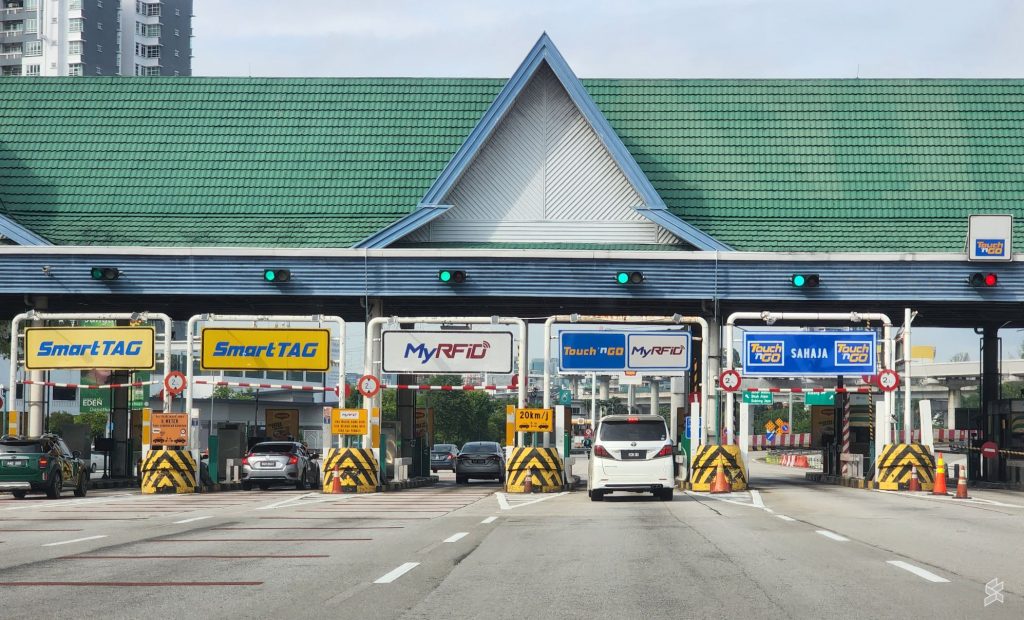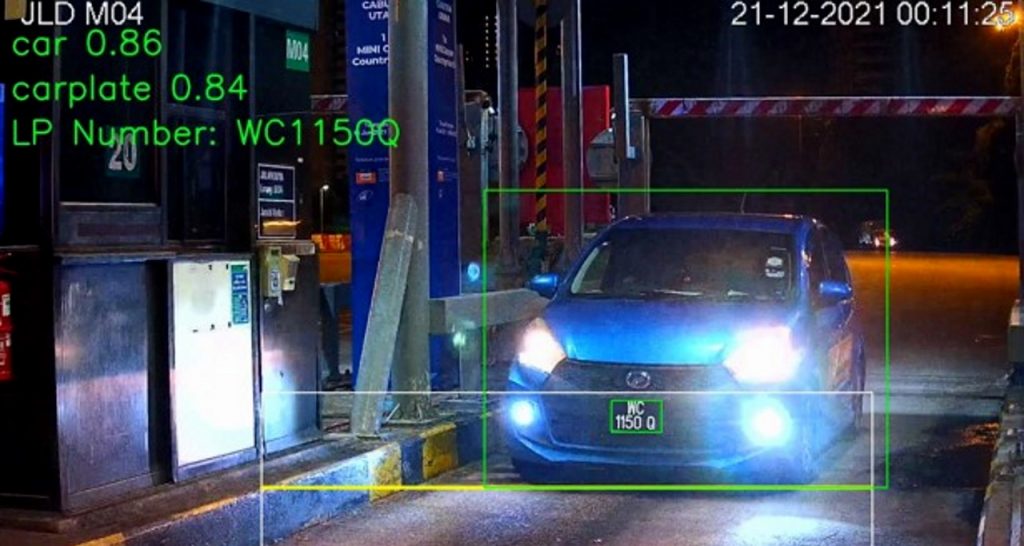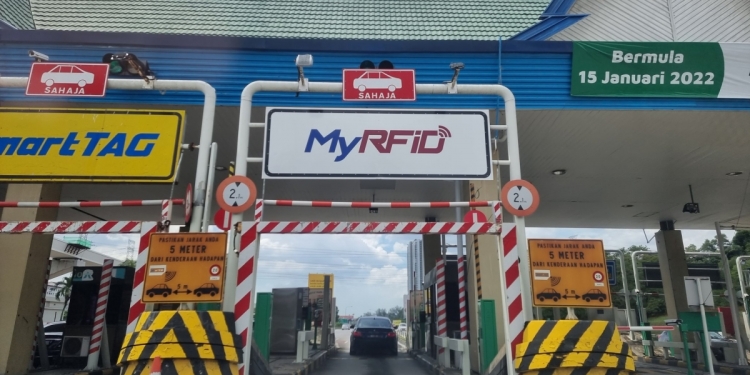[ UPDATE 13/1/2023 17:20 ] Here’s the list of 12 toll plazas that will be getting extra RFID lanes.
===
Works Minister Alexander Nanta Linggi has revealed that twelve additional RFID lanes will be added to the North-South Expressway (PLUS) toll plazas by mid-April 2023. He said this after a meeting with Touch ‘n Go (TNG), Malaysian Highway Authority (LLM) and PLUS Malaysia Berhad on the RFID issue.
Kesepakatan sudah dicapai dan pihak PLUS Expressway Berhad sudah bersetuju untuk menambah lorong RFID demi keselesaan pengguna. Buat permulaan, sebanyak 12 lorong akan ditambah selewat-lewatnya pertengahan April ini.
— Alexander Nanta Linggi (@AlexNantaLinggi) January 13, 2023
In a Twitter thread, the minister acknowledged complaints of congestion due to insufficient RFID lanes at highway toll plazas. Also raised are safety concerns about the inconsistent RFID lane placements which can cause accidents.
Nanta said he has instructed for immediate action to be taken to solve the issues and to ensure safety for all parties. He added that details of the 12 additional RFID lanes on PLUS will be revealed later today.
It is worth highlighting that all highways are regulated by LLM and operators will require their approval before adding more RFID lanes for toll payments. When PLUS enabled RFID payments across the entire North-South Expressway from Juru to Skudai in January 2022, most toll plazas had just one RFID lane while some major plazas may have two. Obviously, one lane is barely enough as it takes just one car with “insufficient balance” to cause long queue very quickly.

In July last year, PLUS added more RFID lanes which include an extra hybrid lane (Touch ‘n Go and RFID) at Subang Toll Plaza and another hybrid lane (SmartTAG and RFID) while entering NKVE at Shah Alam. PLUS had said previously that existing TNG and SmartTAG lanes would be converted to RFID in phases according to the adoption rate of RFID and the placement depends on the traffic flow of each toll plaza.
Under the previous administration, the Works Ministry had targeted to increase RFID adoption for toll payments to 60% by the end of 2022 before phasing out TNG card and SmartTAG by the end of 2023. This was part of the authority’s ambition to implement a barrier-less Multi Lane Free Flow experience by 2025.
With less than two years remaining, there hasn’t been much progress towards MLFF. While more users have switched to RFID, LLM has hardly provided updates on the RFID’s take-up rate and its plan to transition to SLFF (Single Lane Free Flow) before eventually removing the barriers and lanes completely. With verified data, LLM can then instruct highway operators to convert more TNG lanes to RFID for a smoother tolling experience.

Before MLFF can be achieved, there are several things that need to be addressed by the Transport, Works, Finance Ministries. This includes updating the current legal framework to tackle toll evaders, allowing other digital payments for RFID besides TNG eWallet, enforcement of standardised number plates for effective automated number plate recognition and a seamless single RFID integration for all vehicles that can be used beyond just paying for tolls.
[ SOURCE ]
Related reading
- RFID Malaysia: Here’s what these 3 ministers need do to enable seamless toll payments
- Is PLUS responsible for TNG RFID and expired Touch ‘n Go cards? Here’s what you need to know
- Malaysia wants to remove toll barriers by 2025 but 3 things need to be sorted out first
- PSA: Own several TNG cards? Here’s how to avoid penalty toll charges on PLUS highway








